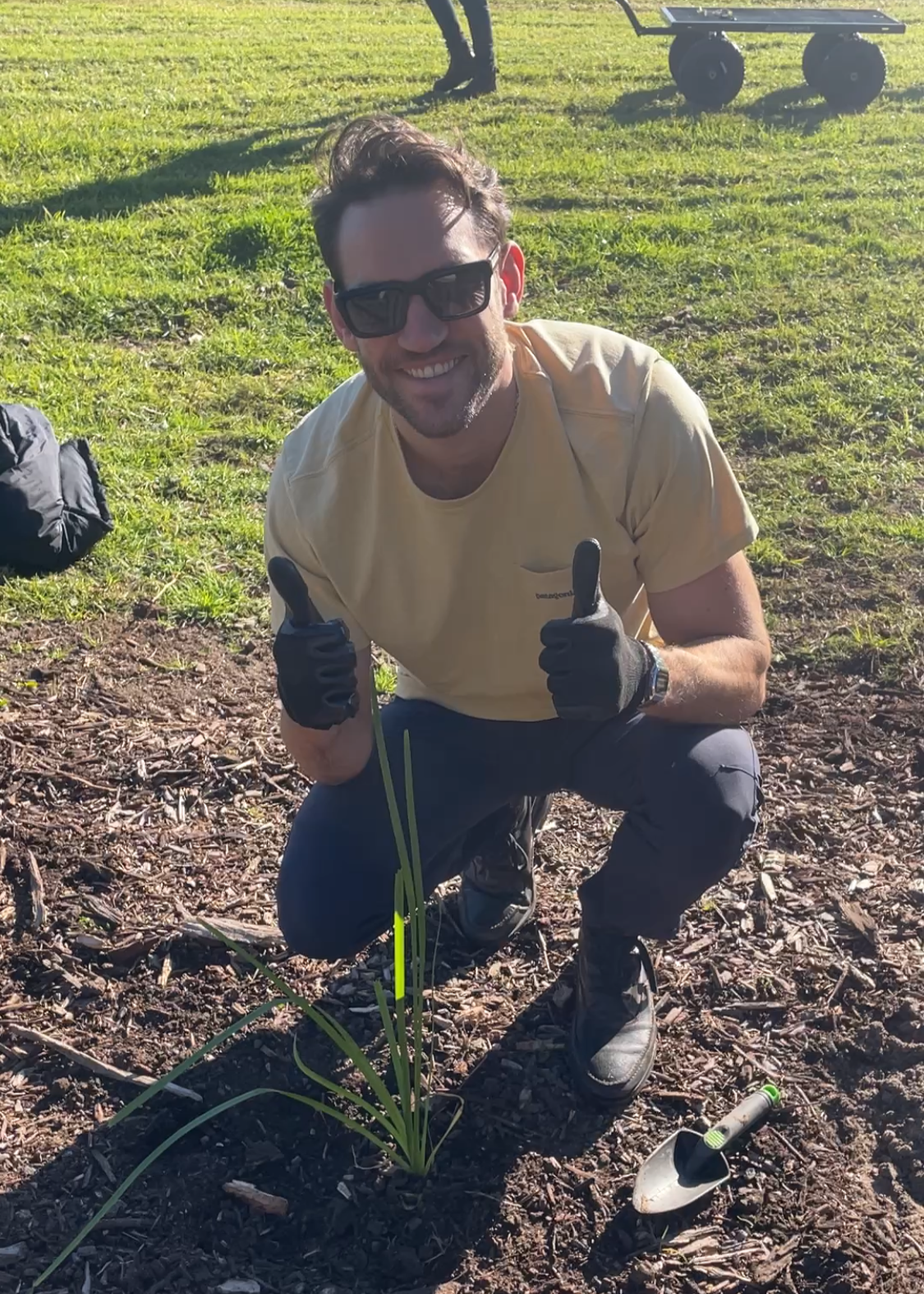Mission
Who?

Where?
Why?



At sunboli, our mission is simple: create shade where it’s needed most. We believe that shade is a basic human right - vital for comfort, health, and dignity. Whether it’s the shade of an umbrella, a tree, or a shelter, we exist to bring shade to people and places most vulnerable to extreme heat.
Our first major project is focused on combating urban heat islands - starting right here in Australia. Because while our vision is global, we believe in starting in our own backyard. The cities and suburbs most affected by extreme heat are often under-resourced and overlooked. We're changing that, one tree at a time.

Urban heat islands (UHIs) occur when cities and suburbs become significantly hotter than nearby rural areas due to dense infrastructure, dark roofs, asphalt, and a lack of green spaces. These built environments absorb heat during the day and release it at night, leading to persistently high temperatures.
In cities, surfaces like concrete and bitumen can be up to 20°C hotter than shaded or vegetated areas. While a single tree might cool the air around it by several degrees, many urban areas lack even basic canopy coverage.
Extreme heat is Australia's deadliest natural hazard, killing more people than floods, fires, or storms. UHIs exacerbate this, especially for low-income communities that often have less access to shade, green space, and cooling infrastructure.
Heat doesn’t affect everyone equally. In places like Western Sydney and outer Melbourne, the suburbs with the fewest trees are often those with the highest heat risk - and the lowest household incomes. This is a matter of climate justice as much as it is public health.

Western Sydney is often 6–10°C hotter than coastal suburbs during summer heatwaves. On January 4th, 2020, Penrith hit 48.9°C, becoming the hottest place on Earth that day.
Residents in these hot zones experience more hospital visits, higher energy bills, and greater risk of heatstroke - often without the benefit of local parks or shaded streets.
Canopy cover in Sydney averages around 21.7%, but in some western suburbs, it’s below 10%.
Projections show Western Sydney could face up to 160 days over 35°C annually by 2060, posing serious health and sustainability risks.

Melbourne also faces a major UHI challenge. Suburbs like Brimbank in the west can be 10°C hotter than greener areas closer to the bay or city centre.
Research shows a direct link between heat and disadvantage: areas with the lowest incomes often have the highest land surface temperatures. One study found that households in the poorest suburbs live in areas with a UHI intensity nearly 1°C higher than those in wealthier neighbourhoods.
Put simply: trees are nature’s air conditioners. In cities suffering from heat islands, they’re one of the most effective and scalable solutions we have.

Your cart is currently empty.